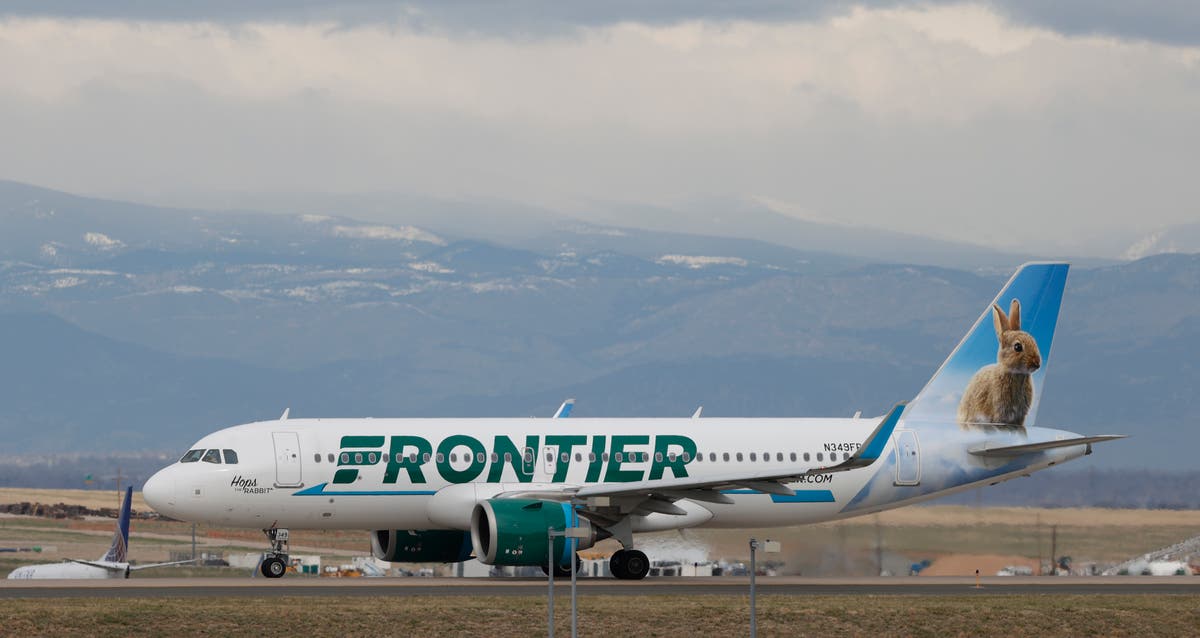United Airlines forced to block out some seats on flights as average passenger gets heavier
‘The temporary change is a result of the increased average customer winter weight,’ says carrier

Sign up to Simon Calder’s free travel email for weekly expert advice and money-saving discounts
Get Simon Calder’s Travel email
US carrier United Airlines is reportedly having to block out some seats on particular aircraft due to the fact that passengers have become heavier in recent years.
Frequent flyer blog Live and Let’s Fly spotted the the blocked-out seats on the airline’s Boeing 757s, a move which United told them was due to heavier average passenger weights in the US.
Anywhere between three and six seats per aircraft are being blocked out on 757 flights between now and April 2023.
“The temporary change is a result of the increased average customer winter weights as prescribed by the FAA,” a United spokesperson told the website.
“To be compliant with the current B757 weight and balance requirements, United will block specific seats between 1 November and 30 April, 2023.”
The off-limits seats are spread throughout the cabin from the middle to the back (roughly rows 16 to 40, depending on the flight) and will have a laminated sign placed on them advising passengers to leave them empty.
The Federal Aviation Administration (FAA) advises US airlines on average passenger weights, which can inform the management of weight distribution and fuel requirements on their flights.
In a 2019 update, the FAA’s average weight figures went up considerably - adding 15 to 34 pounds per passenger (depending on gender and season).
The aviation body advises different average weights for men and women in summer and winter, as passengers tend to dress more heavily and carry more baggage in the latter.
The average weight for women in summer went up from 145 pounds (65kg or 10 stone) to 179 pounds (81kg or 12 stone).
The average weight for men in summer rose from 185 pounds (83kg or 13 stone) to 200 pounds (90.7kg or 14 stone).
“Assuming these planes have an average of ~180 seats, that’s a difference in weight of 2,700 to 6,100 pounds per flight,” observed aviation blog One Mile At A Time.
As these average weights include both the passenger’s body (with clothing) and their carry-on luggage, it’s not just that customers are getting larger - it’s also thought that passengers are bringing more baggage or heavier items in their cabin allowance.
In the same 2019 circular, the FAA suggested that airlines might have to start weighing passengers before boarding, or asking them to volunteer their weight.
“An operator may determine the actual weight of passengers by: 1) Weighing each passenger on a scale before boarding the aircraft (types of weight scales and scale tolerances will be defined in the operator’s approved W&B control program); or 2) Asking each passenger his or her weight. An operator should add to this asked (volunteered) weight at least 10 pounds to account for clothing,” says the document.
In August the FAA called for public comment on US airline seat sizes, which are getting smaller even as the average passenger gets heavier. The average seat width on a US aircraft is between 17 and 18.5 inches.
The Independent has approached United Airlines for comment.

 ShanonG
ShanonG 
































